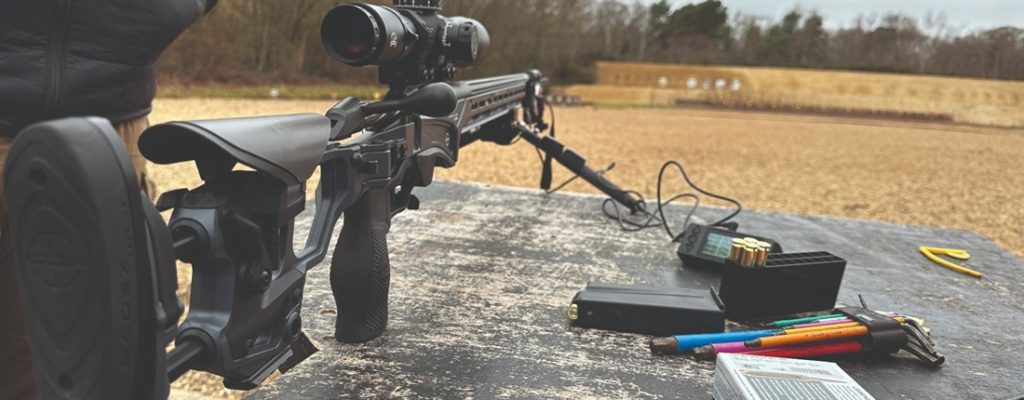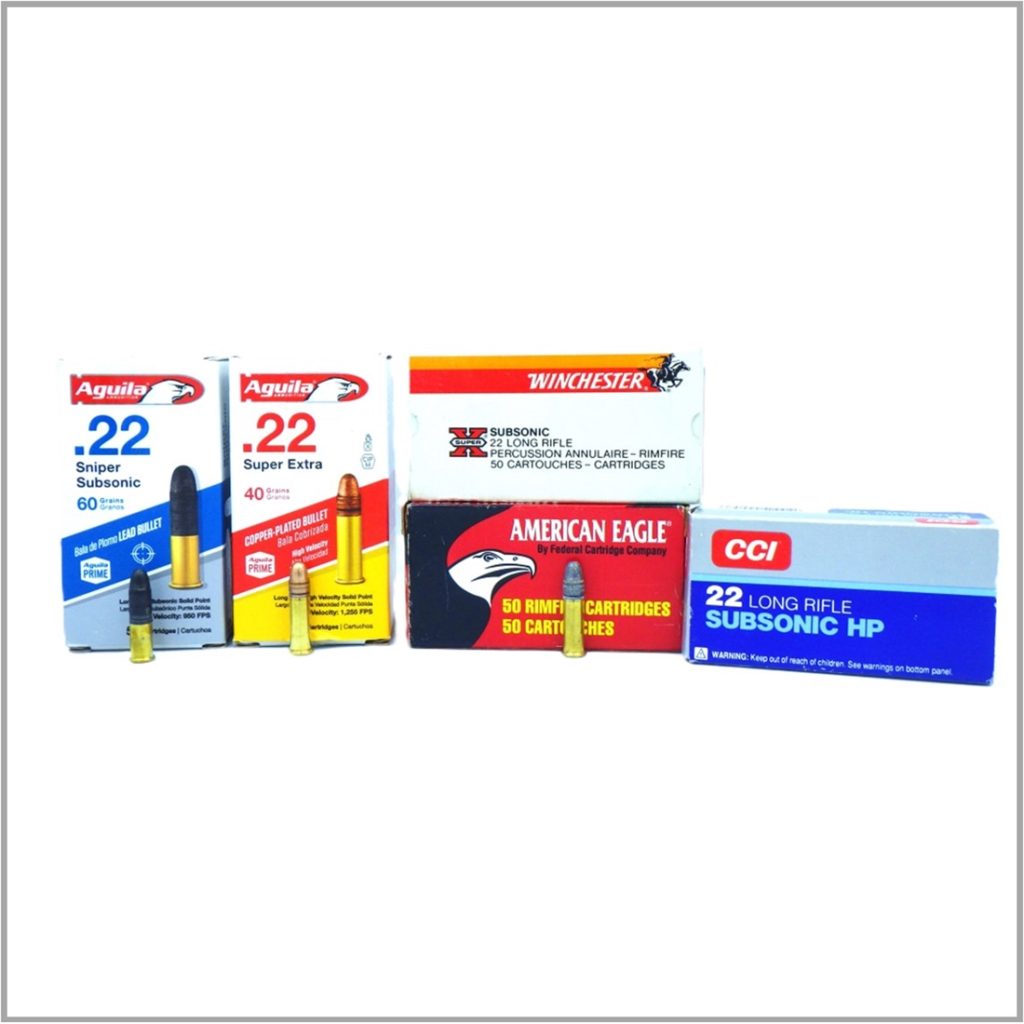The .223 Remington
Mark Underwood explains how, following World War II, Remington embarked on development of a small calibre to meet the army’s new requirements

In the period following World War II, the American military began working towards a new small-calibre, high-velocity, standard-issue firearm. By 1957, companies like Remington Arms and Fairchild Industries were among those developing a new calibre to meet the army’s requirements.
As part of this effort, Eugene Stoner, working with Remington and ArmaLite, was tasked with scaling down the AR-10 rifle design, while Winchester and Sierra were also invited to participate. The team determined that a 55-grain bullet fired from a .222 Remington cartridge would need to travel at approximately 3300 feet per second (fps) to meet the 500-yard performance requirement. However, early testing showed that while the required penetration was achieved, the chamber pressure was too high.
In response to this issue, in 1959 Remington developed a new, higher-capacity round, designated the .222 Remington Special. This new case resolved the chamber pressure problem, and it was subsequently renamed the .223 Remington to distinguish it from the other .222 cartridges in circulation at the time.
By July 1962, after operational testing concluded, the U.S. military recommended adopting the ArmaLite AR-15 rifle, chambered in .223 Remington. The following year, in 1963, the .223 Remington was officially accepted by the U.S. military and designated “Cartridge, 5.56mm ball, M193.” In 1964, the U.S. Army adopted the rifle as the M16. The ammunition, designed by Remington, featured a bullet traveling at 3250 fps, powered by IMR4475 powder, generating a chamber pressure of 52,000 psi. Eventually, all NATO members adopted the 5.56mm cartridge, with many also adopting the M16A1 rifle, although some chose to use the round in their own rifle designs.
In early 1962, Remington submitted the specifications of the .223 Remington to the Sporting Arms and Ammunition Manufacturers’ Institute (SAAMI), and by December 1963, they introduced the first commercial rifle chambered in the new calibre—a pump-action rifle called the Model 760.
Since its commercial release, the .223 Remington has become widely popular, with a broad range of semi-automatic and manual-action rifles available for it. Its popularity in America has rendered many other .22 calibre centrefire cartridges nearly obsolete. Today, nearly all ammunition manufacturers offer various options in this calibre, and it is also favoured by reloaders. Sierra, for example, produces a 95-grain MatchKing bullet for reloaders, further expanding the calibre’s versatility.
Initially, the .223 Remington was marketed primarily as a “varmint” cartridge in the U.S., as many states prohibited the use of .22 centrefire rounds for medium-sized game, deeming them insufficient in terms of killing power. This is somewhat ironic, given that the cartridge was developed as a weapon of war. Military ball ammunition has a tendency to tumble upon impact, leading to devastating terminal performance that is far greater than that of soft-nosed sporting ammunition.
In the right rifle, with the proper barrel length and twist rate, the .223 Remington can be highly accurate as a target round. Matching bullet weight to twist rate is crucial, especially with the very light bullets used in this calibre. In the early years of the M16, bullet yaw was a significant problem, which was only resolved when the military changed from a 1:14 to a 1:12 twist rate to stabilize the 55-grain bullets in use.
Related Articles
Get the latest news delivered direct to your door
Subscribe to Rifle Shooter
Elevate your shooting experience with a subscription to Rifle Shooter magazine, the UK’s premier publication for dedicated rifle enthusiasts.
Whether you’re a seasoned shot or new to the sport, Rifle Shooter delivers expert insights, in-depth gear reviews and invaluable techniques to enhance your skills. Each bi-monthly issue brings you the latest in deer stalking, foxing, long-range shooting, and international hunting adventures, all crafted by leading experts from Britain and around the world.
By subscribing, you’ll not only save on the retail price but also gain exclusive access to £2 million Public Liability Insurance, covering recreational and professional use of shotguns, rifles, and airguns.
Don’t miss out on the opportunity to join a community of passionate shooters and stay at the forefront of rifle technology and technique.




